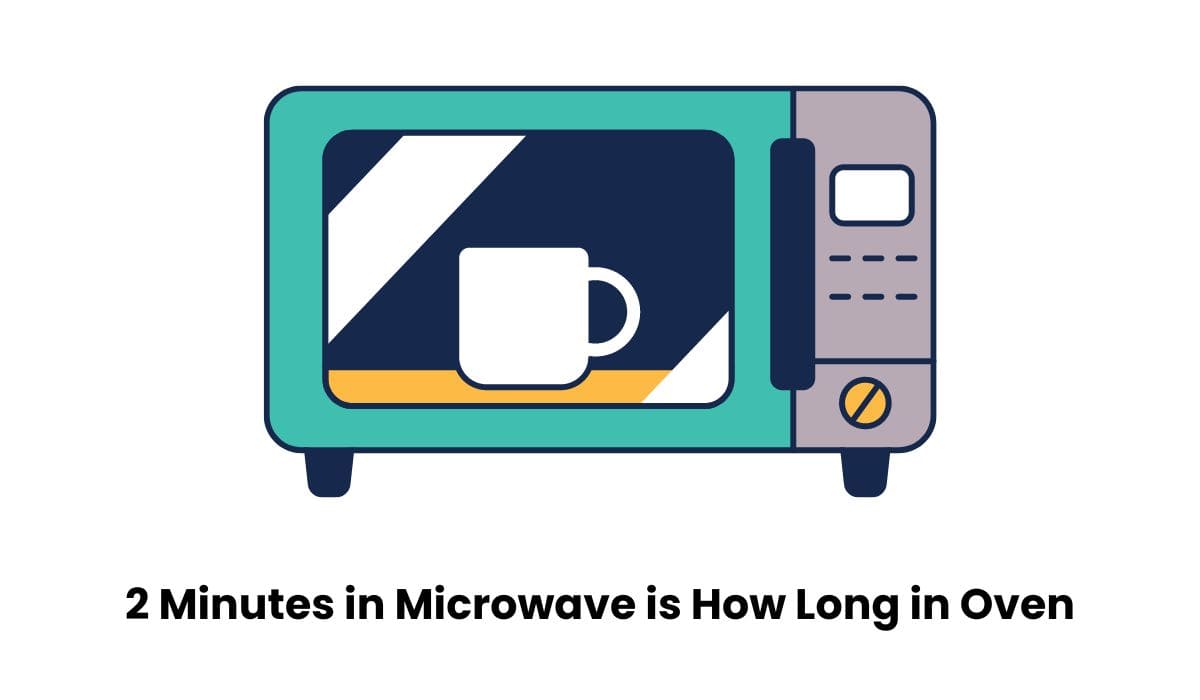Have you ever found yourself in a pinch, needing to quickly warm up a meal but unsure about the timing? The age-old debate of microwave versus oven has left many of us scratching our heads. How does two minutes in the microwave compare to its equivalent in the oven? This culinary conundrum has puzzled home cooks and food enthusiasts alike.
Understanding the nuances of cooking time between these two kitchen staples can make all the difference in achieving that perfect dish. Join us as we delve into the science behind the microwave and oven, uncovering the mysteries of cooking time conversion and empowering you to master your culinary creations in no time.
So, Let’s start.
Table of Contents
2 Minutes in Microwave is How Long in Oven:
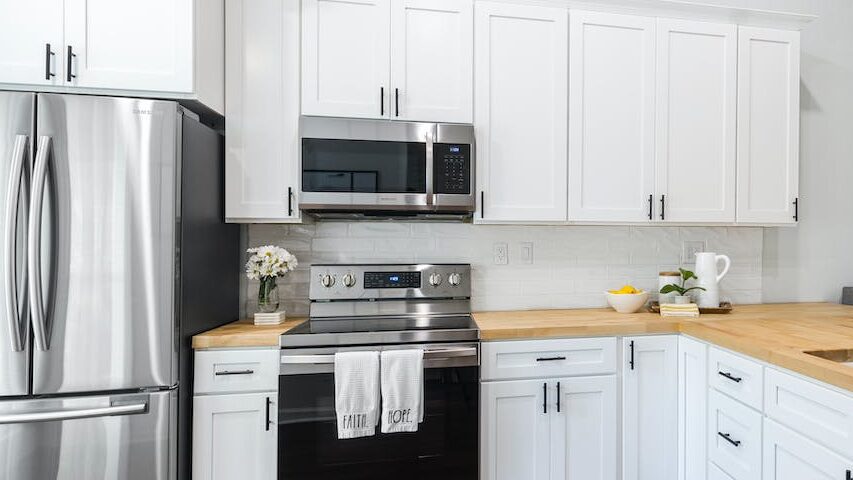
In the world of cooking, time is of the essence, and different appliances operate at varying speeds. Microwaves, for instance, are known for their lightning-fast cooking capabilities compared to traditional ovens.
So, if you’ve ever wondered 2 minutes in a microwave is how long in the oven, here’s the scoop:
Microwaves work at an accelerated pace, cooking food much quicker than conventional ovens. Typically, a microwave can whip up a dish in just one-fourth of the time it takes in a regular oven.
Now, let’s do the math. To convert microwave minutes to oven minutes, we multiply by 4. So, 2 minutes in the microwave equals 8 minutes in the oven.
It’s essential to note that these are approximations, and actual cooking times may vary based on factors like the type of food, oven efficiency, and desired level of doneness.
How To Convert Microwave Time Into Oven:
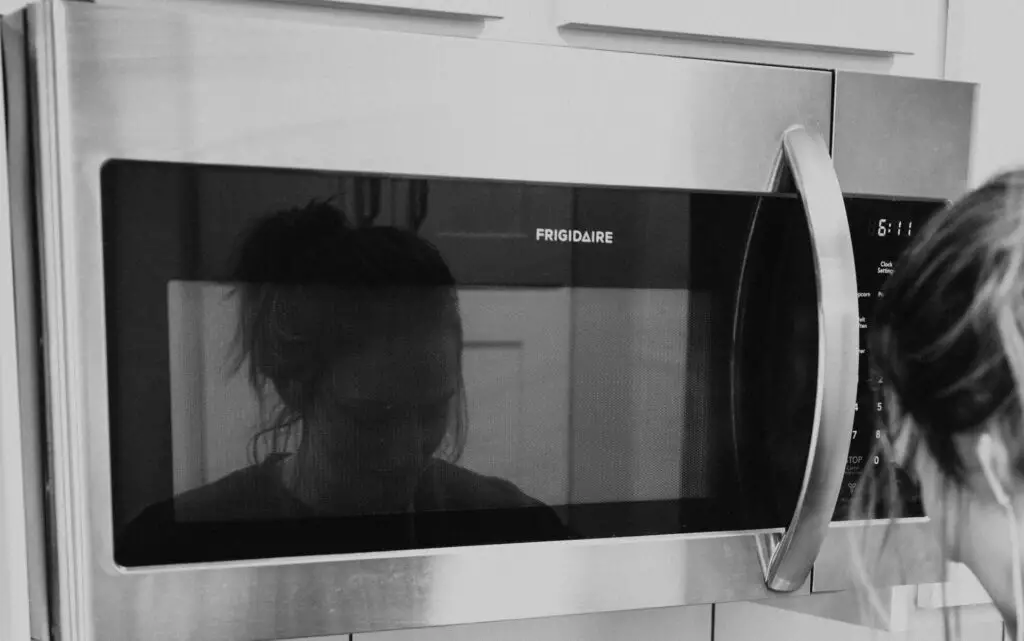
Converting microwave cooking times to oven settings may seem like a tricky task, but with a bit of know-how, you can easily achieve delicious results. Let’s dive into the process without feeling overwhelmed by the technicalities.
Firstly, it’s crucial to understand that microwaves and conventional ovens operate differently. Microwaves use electromagnetic radiation to agitate water molecules within food, heating it quickly. On the other hand, ovens rely on convection, where hot air circulates around the food, gradually heating it from outside.
To convert microwave cooking times to oven settings, you’ll need to make adjustments to ensure your dish cooks evenly and thoroughly. To make things easier for you, here are some simple steps:
1. Know Your Dish
Understand the nature of the dish you’re preparing. Is it something that needs to be crispy on the outside and moist on the inside, like chicken? Or is it a simple reheating of leftovers?
2. Understand Power Levels
Microwaves often have different power levels, typically ranging from 1 to 10. Higher power levels mean faster cooking times. Take note of the power level used in your microwave recipe.
3. Adjust the Temperature
Preheat your oven to the temperature specified in your recipe. If there’s no specified temperature, a good rule of thumb is to set your oven to 25 degrees Fahrenheit higher than the microwave recipe suggests. This compensates for the slower, more gradual heating process of the oven.
4. Factor in Time
Generally, you’ll need to increase the cooking time when transitioning from microwave to oven. Start by doubling the microwave cooking time, then check your dish periodically for doneness. You may need to adjust the cooking time further based on your oven’s performance and the specifics of your dish.
5. Consider Covering and Stirring
In a microwave, covering dishes helps retain moisture and speeds up cooking. However, covering dishes in an oven can lead to steaming rather than proper baking or roasting. Consider leaving dishes uncovered in the oven, or use foil loosely if needed. Stirring halfway through cooking can also help promote even heating.
6. Use a Meat Thermometer
When cooking meat or poultry, it’s always a good idea to use a meat thermometer to ensure it reaches the appropriate internal temperature for safe consumption.
Remember, converting microwave times to oven settings may require some trial and error, especially as you become more familiar with your oven’s quirks and performance. Don’t be afraid to experiment and adjust your approach based on the results you achieve.
By understanding the fundamental differences between microwave and oven cooking, making the transition becomes less daunting and more intuitive. With practice and patience, you’ll soon master the art of converting microwave times to oven settings, creating delicious meals that are perfectly cooked every time. For instance, you can learn more about the correlation between microwave and oven cooking times by exploring our article on 5 minutes in microwave.
How Much is 1 Minute in the Microwave?
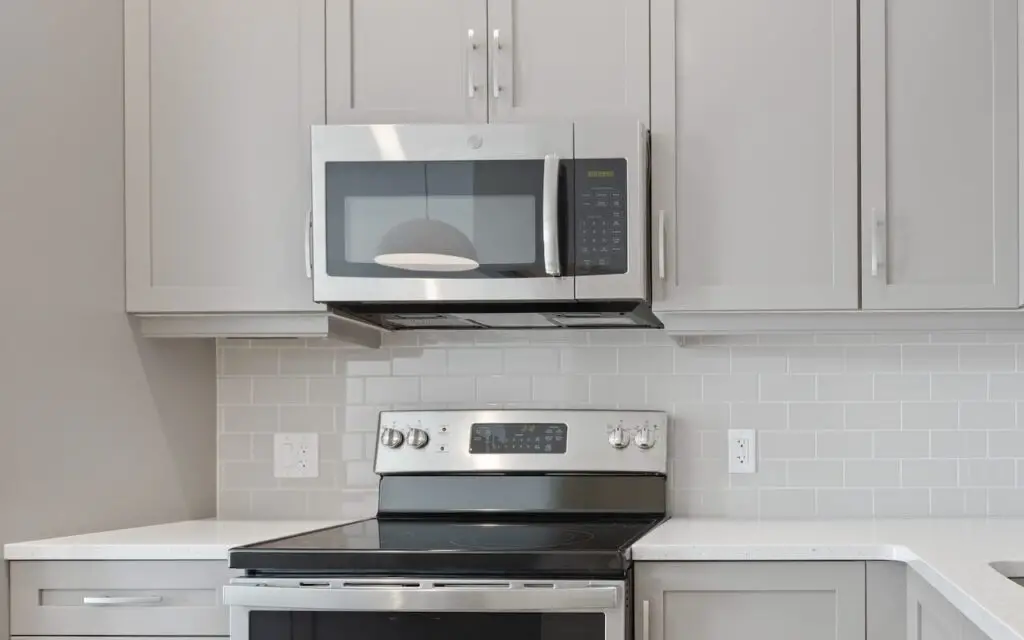
When you pop something in the microwave, every second counts. Have you ever wondered how much power is packed into just one minute of microwave time? It might seem like a small unit of measurement, but when it comes to microwaves, a minute can make a big difference.
Let’s break it down. In most standard microwaves, one minute translates to 60 seconds of zapping power. During this brief period, the microwave’s electromagnetic waves go to work, vibrating water molecules within your food. This agitation generates heat, cooking your meal from the inside out.
But here’s the kicker: not all microwaves are created equal. The power output of your microwave plays a crucial role in determining how effectively it cooks your food in that one-minute timeframe. Microwaves with higher wattage levels will heat up your food faster compared to lower-wattage models. So, while one minute might suffice in a high-powered microwave, you might need a bit more time in a lower-wattage one.
Moreover, the type of food you’re heating matters too. Dense, thick items like frozen burritos or leftover lasagna will likely need more than just a minute to heat through, while lighter fare such as popcorn or a cup of tea might be ready in less time.
Timing is key in microwave cooking. It’s a delicate balance between ensuring your food is thoroughly cooked while avoiding overcooking or drying it out. So the next time you’re standing in front of the microwave, waiting for that one-minute timer to ding, remember the magic happening inside and savor the anticipation of your piping-hot meal to come.
Is It OK To Run Oven For 10 Minutes?
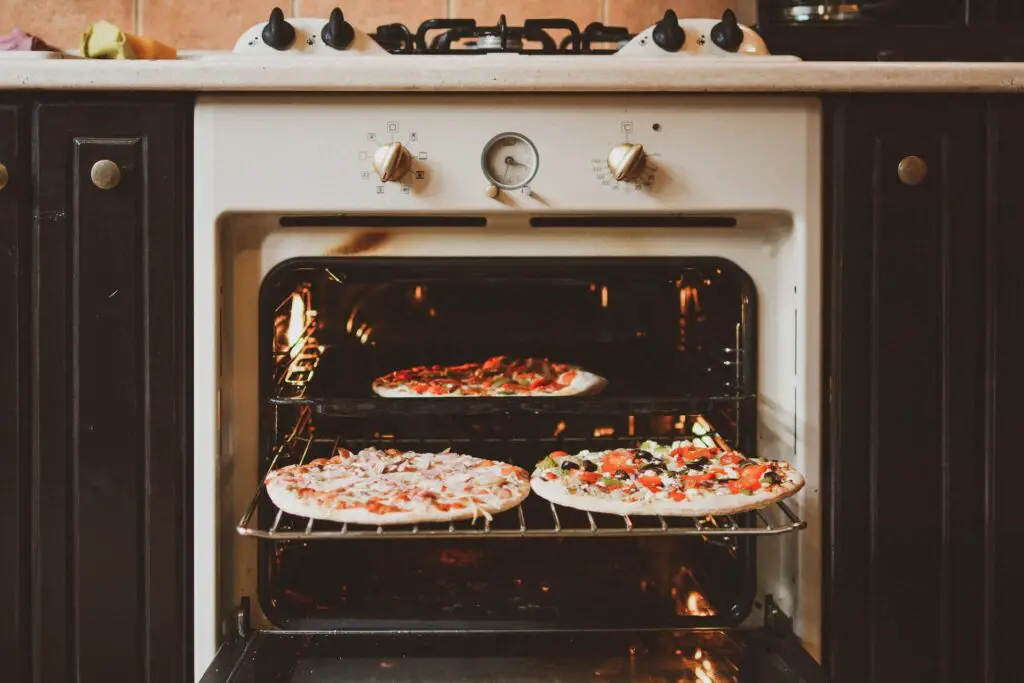
Running an oven for 10 minutes might seem like a brief period, but it’s a practice that requires some consideration. Ovens, whether conventional or microwave, operate differently and have their own guidelines.
For microwaves, a 10-minute run is generally within the safe range, especially if you’re using it for standard cooking tasks like reheating leftovers or defrosting frozen foods. Most modern microwaves are designed to handle such durations without issues as long as you’re following the recommended usage instructions.
However, the situation can be a bit different when it comes to conventional ovens. Conventional ovens usually take longer to preheat and require a significant amount of energy to reach the desired temperature. Running a conventional oven for just 10 minutes might not be very efficient if you’re planning to cook something that requires more time.
Moreover, if you’re baking or roasting something in a conventional oven, 10 minutes might not be sufficient to cook the food thoroughly or achieve the desired texture and flavor. In such cases, it’s better to follow the recipe instructions and allow the oven to operate for the required duration.
Another aspect to consider is energy efficiency. Running any appliance, including ovens, consumes electricity or gas. While a short 10-minute run might not significantly impact your energy bill, it’s always a good practice to be mindful of energy usage and avoid unnecessary wastage.
Additionally, prolonged use of ovens, especially at high temperatures, can lead to wear and tear over time. It’s important to maintain your oven properly and ensure that it’s functioning efficiently to avoid any potential safety hazards.
In summary, whether it’s okay to run an oven for 10 minutes depends on the type of oven you’re using and the purpose behind it. While it might be safe for microwaves and specific quick tasks, it’s essential to consider the efficiency, necessity, and safety implications before running a conventional oven for such a short duration. Always prioritize following manufacturer guidelines and best practices for using your oven to ensure optimal performance and safety.
Oven vs Microwave: Which is Good?

When it comes to the age-old debate of oven versus microwave, opinions can vary widely depending on personal preferences, cooking styles, and even convenience factors. Both appliances have their own unique strengths and can be valuable assets in any kitchen. Let’s take a closer look at the merits of each.
Ovens, whether conventional or convection, are revered for their ability to produce perfectly baked goods, crispy roasts, and succulent casseroles. They offer a spacious cooking area and precise temperature control, allowing for even cooking throughout. This makes them ideal for recipes that require a longer cooking time or for dishes that benefit from a crispy exterior and tender interior.
On the other hand, microwaves are the epitome of convenience. With their lightning-fast cooking times and simple operation, they excel at quickly heating up leftovers, defrosting frozen foods, and whipping up a bowl of popcorn for movie night. Microwaves are also more energy-efficient than ovens, making them a cost-effective choice for everyday cooking tasks.
In terms of versatility, ovens offer a wider range of cooking methods, including baking, broiling, and roasting, whereas microwaves are primarily designed for reheating and quick cooking. However, modern microwave models often come equipped with features like convection cooking and grilling functions, blurring the lines between the two appliances.
Ultimately, the choice between an oven and a microwave boils down to your individual needs and cooking habits. If you enjoy experimenting with elaborate recipes and savoring the aroma of freshly baked goods wafting through your kitchen, an oven may be the better choice for you. On the other hand, if you prioritize speed and convenience without sacrificing too much on taste, a microwave might be the way to go.
Can You Use A Microwave As An Oven:
Yes, you can use a microwave as an oven, but with a few caveats. While a microwave primarily excels at heating food quickly using microwaves, it can also perform some baking and roasting tasks. However, it’s important to understand the limitations and differences between a microwave and a conventional oven.
Microwaves work by agitating water molecules in food, generating heat that cooks the food from the inside out. They’re fantastic for reheating leftovers, cooking vegetables, and even making popcorn in a flash. But when it comes to baking cakes, roasting meats, or achieving crispy textures, microwaves may fall short.
Unlike conventional ovens, microwaves don’t rely on radiant heat to cook food evenly. Conventional ovens use heating elements or gas burners to produce consistent heat throughout the oven cavity, resulting in golden-brown crusts and even cooking. Microwaves lack this capability, which can lead to uneven cooking and soggy textures, especially with baked goods and meats.
That said, with a bit of experimentation and the proper techniques, you can use your microwave to mimic some oven functions. For instance, you can bake potatoes, steam vegetables, or even cook certain types of cakes and muffins in a microwave. There are also microwave-safe cookware and accessories designed to help you achieve better results when using your microwave as an oven.
However, it’s essential to follow proper guidelines and techniques when using your microwave for baking or roasting. Always use microwave-safe cookware and utensils, and pay attention to cooking times and power levels to prevent overcooking or undercooking your food.
In summary, while you can use a microwave as an oven for specific tasks, it’s not a perfect substitute for a conventional oven. It’s best suited for quick cooking and reheating tasks rather than baking or roasting large dishes. Understanding its limitations and experimenting with different techniques can help you make the most of your microwave’s versatility in the kitchen.
Conclusion:
Determining the equivalence between microwave and oven cooking times is more nuanced than a simple conversion. While it’s tempting to think that 2 minutes in the microwave equals a set amount of time in the oven, various factors come into play. From food density to moisture content, each ingredient behaves differently under different cooking methods.
While a general rule of thumb might help, it’s essential to remain flexible and adaptable in the kitchen. Experimentation, observation, and a touch of culinary intuition often lead to the perfect balance of flavors and textures.
So, the next time you’re wondering how long to cook something in the oven compared to the microwave, remember that it’s not just about the numbers but also about understanding the nature of your ingredients and the cooking process itself. Happy cooking!
